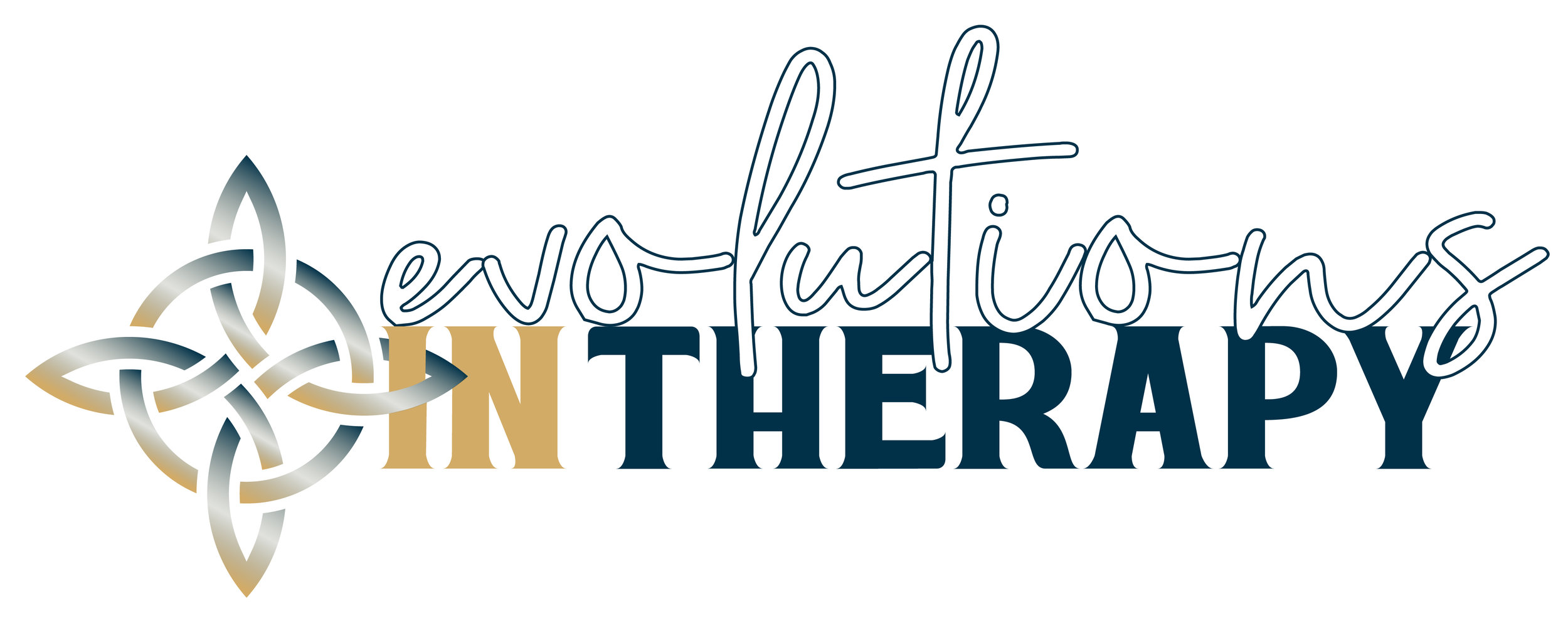Sensorimotor Psychotherapy
“A great deal of research has consistently demonstrated a connection between affect dysregulation and experiences of early childhood neglect, trauma, and attachment failure.”
Janina Fisher, PH.D.
The understanding of how trauma lives in the limbic area of the brain and in the body, means that we must work with the whole person. When a trigger occurs, the body response is almost immediate. The body instantly prepares for flight, fight, freeze, or submission. This is the heart of how the body processes. These reactions to threat, imagined or real, are true in all mammals. The difference in human beings is our emotional memory is much stronger than in other mammals. Additionally, we are able, with help, to understand what is happening and to make positive changes. None of this is accessible to the cognitive brain until after the brain and body have gone through many changes. Bessel Van Der Kolk has written an amazing book called The Body Keeps Score, in which he describes the impact of trauma on the entire body, including deep parts of the brain.
Traditional therapy addresses the behavior but doesn’t go the somatic and autonomic body responses. These responses cannot be “talked away.” Some expressions of body memories are sleeping difficulties, nightmares, big startle responses, hypervigilance, and yelling or tearfulness which is often inappropriate to the situation. These are frequently symptoms of a deeper trauma response.
Sensorimotor psychotherapy is a body-oriented (Ogden et al 2006) form of talk therapy that systematically addresses the somatic (body) components of affect regulation without necessitating the use of touch. The origin of the trauma, or traumas, may or may not be talked about. It is very possible to have successful sensorimotor psychotherapy without retelling of the trauma narrative.
I have been fortunate to be trained by Janina Fisher in Sensorimotor Psychotherapy. I use the “Window of Tolerance” to describe the goals and progress in therapy.
“It is very possible to have successful sensorimotor psychotherapy without retelling of the trauma narrative.”

